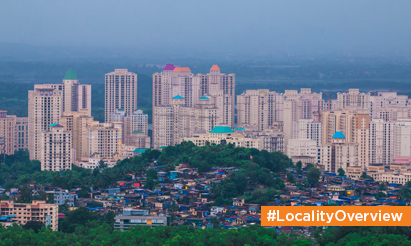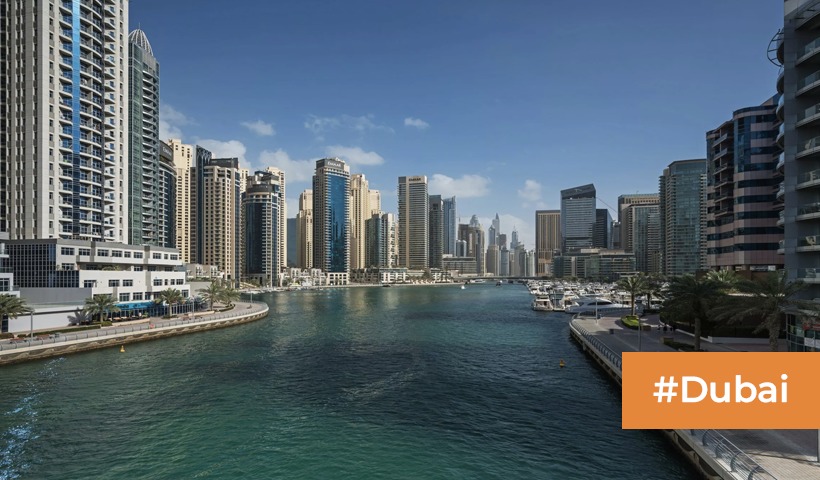Is the post-pandemic recovery in real estate sustainable?
The arrival of the pandemic brought the real estate demand to a standstill. However, after a few dealy waves followed by a robust immunization program run by the government, the demand for property has risen back & but it seems to be on an uphill track.
According to a report, residential property gross sales in main markets in India amounted to around 130,000 units in 2021, reaching 90% of the pre-pandemic range in early 2020.
The analysis has also revealed that in the last quarter of 2021, the full residential gross sales reached around 47,000 units, rising by 115% yearly. While we discuss this steep rise in the real estate sector & praise god for it, the question remains whether this rise is sustainable or not. This article will try to explore whether this recovery is sustainable, if not, why we need to make it so.
Is the recovery sustainable?
Real estate is on a robust footing is excellent news not just for the realty market but additionally for the streamlined functioning of the general financial system. The Indian real estate sector constitutes around 7% of the GDP, facilitating the functioning of about 250 ancillary industries linked with the sector. After agriculture, it is likely one of the largest employment creators in India.
While the real estate sector seems on an uphill track, it also necessitates understanding whether or not the current standards for assessing the market are sustainable & adequate, especially in the post-pandemic world. We focus on the standards specifications, which resemble quantity of transactions, quarterly development, occupancy rate, etc. However, various parameters corresponding to sustainability, eco-friendliness, carbon friendliness, vitality conservation, water conservation, etc., shouldn’t be ignored.
Why is sustainable recovery a necessity?
The real estate sector is a mainstay, and the driver of the economy is contributing 7% to Indian GDP and accounts for 22% of all the emissions in the country. Additionally, around 40% of the energy consumption is caused by the real estate sector. Therefore, there’s an urgent need to undertake greener practices to reduce carbon footprint cohesively. From design to growth to operation & upkeep, going sustainable is the necessity of the hour.
The 2021 Global Status Report for Building and Construction Indian report found that certifying realty projects as green sustainable can exponentially reduce energy consumption and water wastage. If such certifications go mainstream, it could usher us into a period of sustainable growth with greener & healthier dwellings. Along with energy & water, it will entail a positive impression on the general well-being of people and society.
Further, due to the developing nature of the Indian economy, the demand for property & infrastructure will only rise in the future. This additionally makes it conducive to embark on a green journey and play an important contribution in reducing the carbon footprint of the world. However, this will require a detailed, time-bound roadmap backed by sustained and coordinated efforts from all stakeholders, including governing companies, authorities, certification companies, property builders, building materials producers, and naturally, homebuyers!
Similarly, research organizations need to come forward to conceptualize and develop better technologies and innovations without resulting in cost overruns. Likewise, financial institutions shouldn’t shy away from making credit more affordable to green developers to drive growth in a sustainable direction.
Are there financial advantages of a sustainable recovery?
Going green-certified is certainly backed by financial advantages in the longer run. The price of the stocks is generally 10-15% greater in the case of green-certified buildings. However, it can easily be squared off by decreasing utilities and electrical energy costs over 5-10 years. A report has found that green real estate assets have grown exponentially, especially during the last 10 years, with their share in the total office stock soaring from 24% in 2011 to 31% in 2021. Further, workplaces loaded with sustainable features such as ample daylight and enough airflow can significantly have a positive impact on workers’ productivity.
Furthermore, with rising environmental consciousness, many Indian households at the moment are more than willing to pay the incremental value in return for sustainably built projects. Green-certified buildings are also aligned with the household’s general well-being by improved air high quality and decreasing the use of hazardous supplies such as lead in paint, chemicals in construction, etc.
Lastly
To promote higher adoption of green-certified projects, the state and the central government could incentivize developers and asset owners with monetary and non-monetary benefits such as higher Floor space, lower statutory fees, lower incidental taxes & many more. In addition, the stakeholders could organize common platforms such as regular industry events to promote awareness & behavioral changes about the importance of sustainable buildings, which will help us build back better & stronger.
Disclaimer: The views expressed above are for informational purposes only based on industry reports and related news stories. PropertyPistol does not guarantee the accuracy, completeness, or reliability of the information and shall not be held responsible for any action taken based on the published information.




